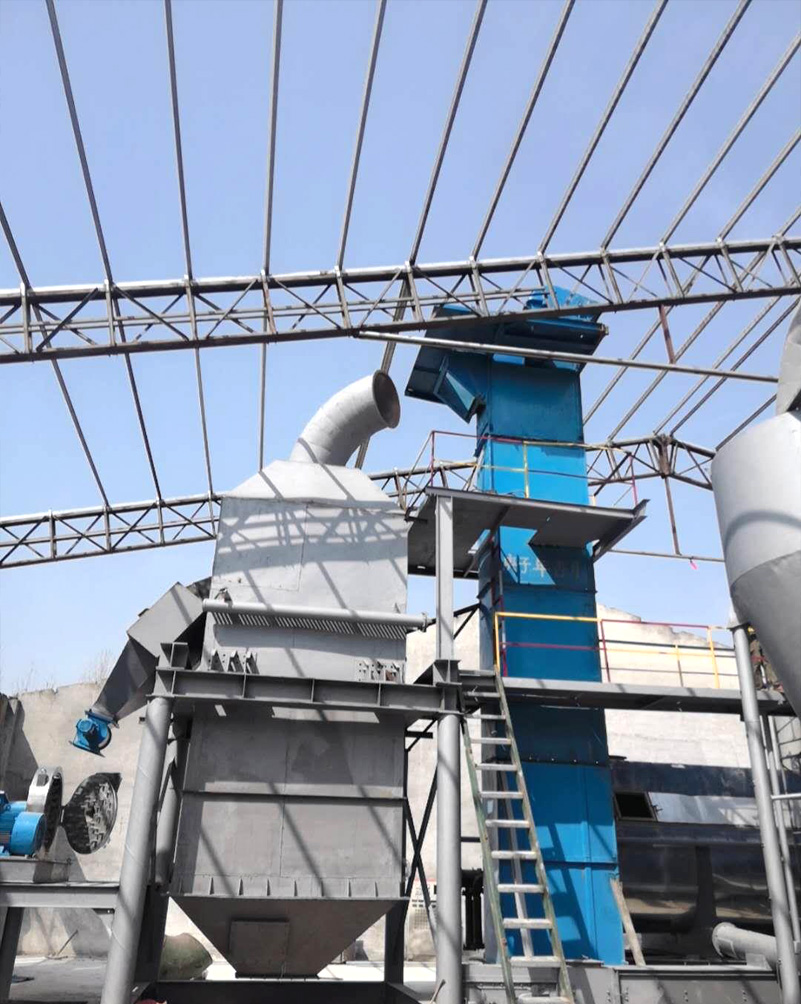150,000 tons of annual calcined desulfurization gypsum project
Production Capacity:150,000 tons/year
Processing materials:gypsum,gypsum
Power Consumption:No data

Production Capacity:150,000 tons/year
Processing materials:gypsum,gypsum
Power Consumption:No data
Global Heavy industry quality is good
The limestone gypsum method is one of the most widely used flue gas desulfurization technologies. The main principle of this method is to inject limestone and gypsum as doses into the flue gas, so that sulfur dioxide (SO2) reacts with limestone to generate gypsum (CaSO4), thereby achieving the purpose of desulfurization. 2. Advantages of limestone gypsum desulfurization method

Low cost: The equipment required for gypsum desulfurization is simple, low cost, and highly economical in large-scale applications.
Wide scope of application: This desulfurization technology has good desulfurization effects on different fuels, has a wide scope of application, and can be widely used in various industries.
Produce resource products: After gypsum desulfurization, gypsum products can be obtained, which can be used as building materials, fertilizers and other resources.
1. Crushing and grinding
Crushing and grinding are the preparatory work before gypsum calcination. Its purpose is to break the original gypsum raw material into smaller particles and further grind it into powder to facilitate subsequent calcination processing.
2. Calcination
Calcination is the core part of the gypsum calcining process. During this process, the gypsum raw material is heated to a high temperature, generally between 150-350°C, and loses part of its crystallization water, converting it into hemihydrate gypsum or anhydrous gypsum. This step mainly achieves the dehydration reaction of gypsum by controlling temperature and time.
3. Cooling
The purpose of cooling is to gradually cool and solidify the calcined hemihydrate gypsum or anhydrous gypsum to facilitate subsequent processing and use. The cooling process is usually carried out in a natural environment, and forced cooling can also be used to speed up the cooling rate.
4. Storage and transportation
After cooling, the gypsum products can be stored or transported. During storage, a dry environment should be maintained to avoid moisture and contamination; during transportation, appropriate packaging measures should be taken to prevent damage and scattering.
The rotary kiln of the Global Heavy Industry production line is simple to operate and low in cost. It has been in operation for half a year and it has paid back immediately. Next time I need it, I will choose Global Heavy Industries!